Laboratory Fume Hood Stations
50000 INR/Piece
Product Details:
- Lighting Yes
- Application Laboratories
- Material Stainless steel
- Voltage 230 Volt (v)
- Click to View more
X
Laboratory Fume Hood Stations Price And Quantity
- 50000 INR/Piece
- 1 Piece
Laboratory Fume Hood Stations Product Specifications
- Yes
- Laboratories
- Stainless steel
- 230 Volt (v)
Laboratory Fume Hood Stations Trade Information
- Cash in Advance (CID)
- 10 Piece Per Month
- 5-7 Days
- Asia Middle East Africa
- All India
Product Description
Laboratory Fume Hood Stations are designed to provide a safe and healthy working environment for laboratory personnel by removing hazardous fumes, particles, and vapors from the air.
Types of Laboratory Fume Hood Stations:
1. Conventional Fume Hoods: The most common type, using a combination of airflow and filtration to remove contaminants.
2. Ductless Fume Hoods: Using filters to remove contaminants, these hoods do not require ductwork.
3. Recirculating Fume Hoods: Using a combination of airflow and filtration, these hoods recirculate cleaned air back into the laboratory.
4. Walk-In Fume Hoods: Larger hoods that allow personnel to walk in and work inside.
5. Specialty Fume Hoods: Designed for specific applications, such as perchloric acid or radioisotope handling.
Key Features:
6. Airflow and Filtration: Provides a safe and healthy working environment by removing contaminants from the air.
7. Chemical Resistant Materials: Constructed from materials resistant to chemicals and corrosion.
8. Adjustable Airflow: Allows for adjustment of airflow to accommodate different laboratory procedures.
9. Safety Features: Includes features such as emergency stop buttons, alarm systems, and fire suppression systems.
10. Energy Efficiency: Designed to minimize energy consumption while maintaining a safe working environment.
Technical Specifications:
11. Airflow Rate: 50-1000 CFM (cubic feet per minute)
12. Filter Type: HEPA, activated carbon, or specialty filters
13. Noise Level: 50-70 dBA
14. Power Requirements: 115/230V, 1-3 phase
15. Dimensions: Variable, depending on the type and size of the fume hood
Applications:
16. Laboratories: Research, educational, and industrial laboratories.
17. Pharmaceutical and Biotechnology: Handling of hazardous chemicals and biological agents.
18. Chemical and Petrochemical: Handling of corrosive and flammable chemicals.
19. Environmental Monitoring: Analysis of air, water, and soil samples.
20. Academic and Research Institutions: Teaching and research laboratories.
Tell us about your requirement

Price:
Quantity
Select Unit
- 50
- 100
- 200
- 250
- 500
- 1000+
Additional detail
Mobile number
Email

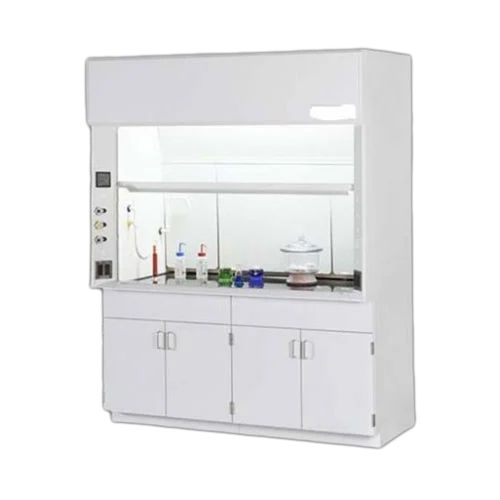

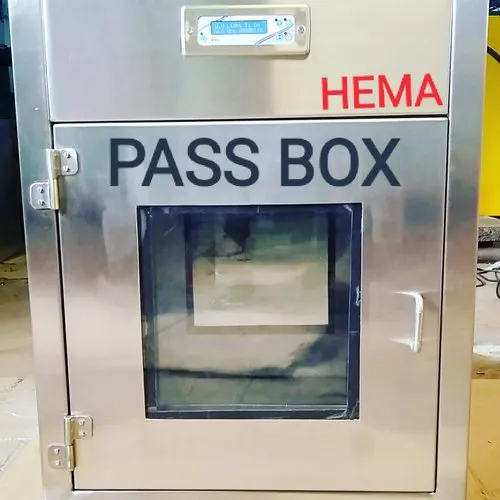
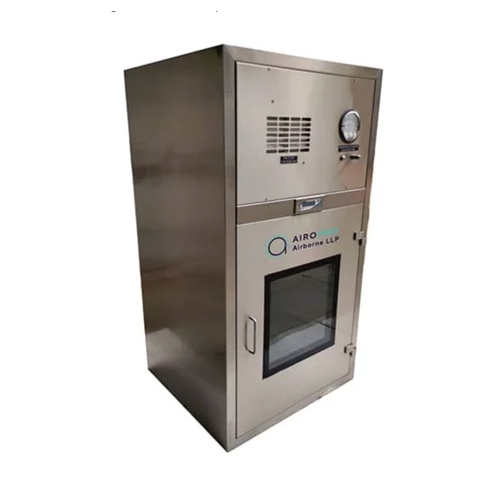
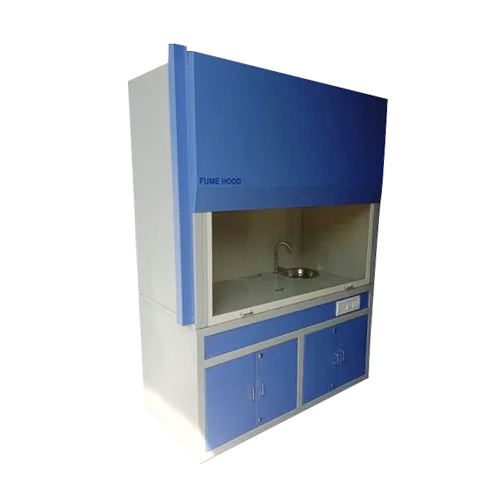
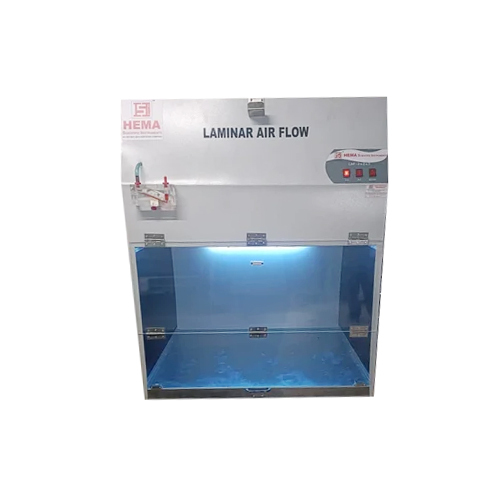


 Send Inquiry
Send Inquiry Send SMS
Send SMS Call Me Free
Call Me Free